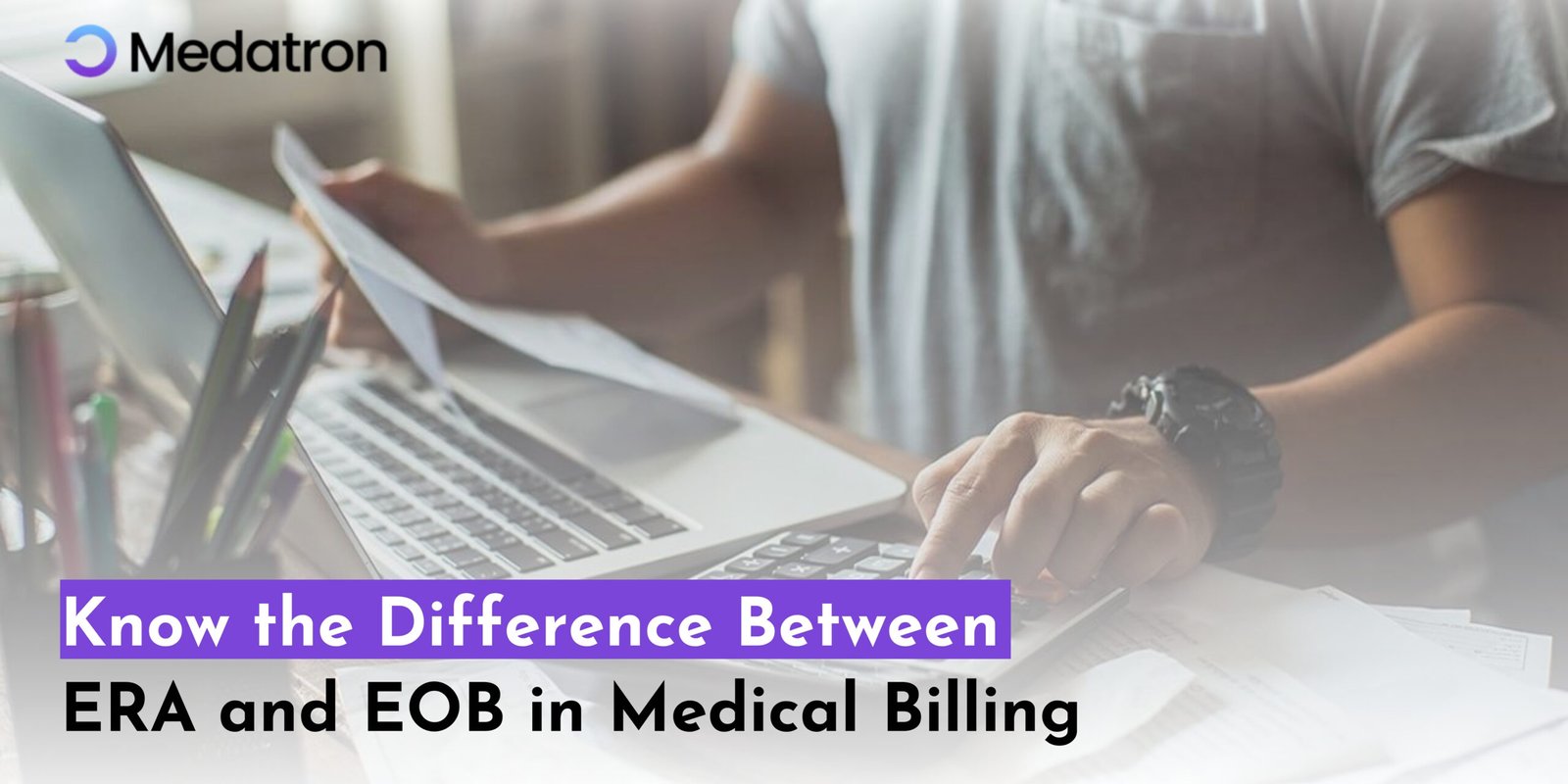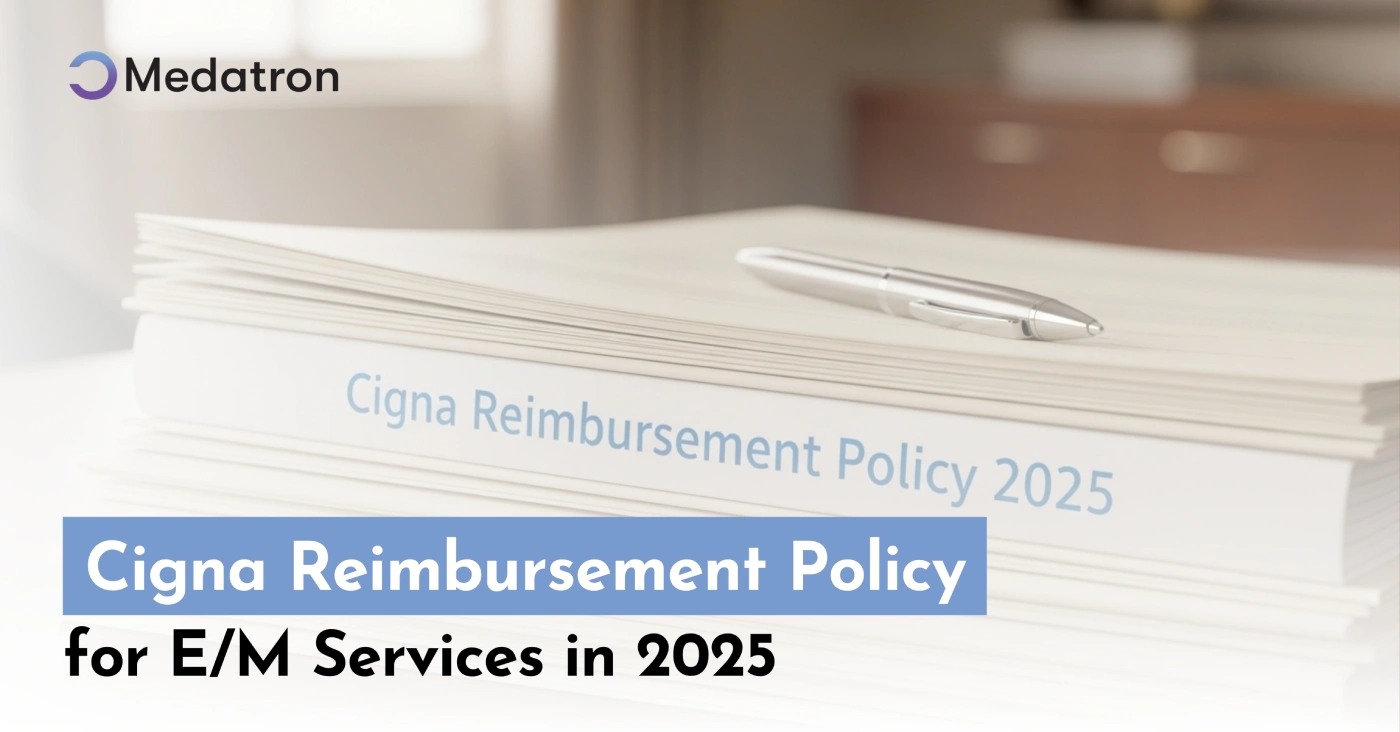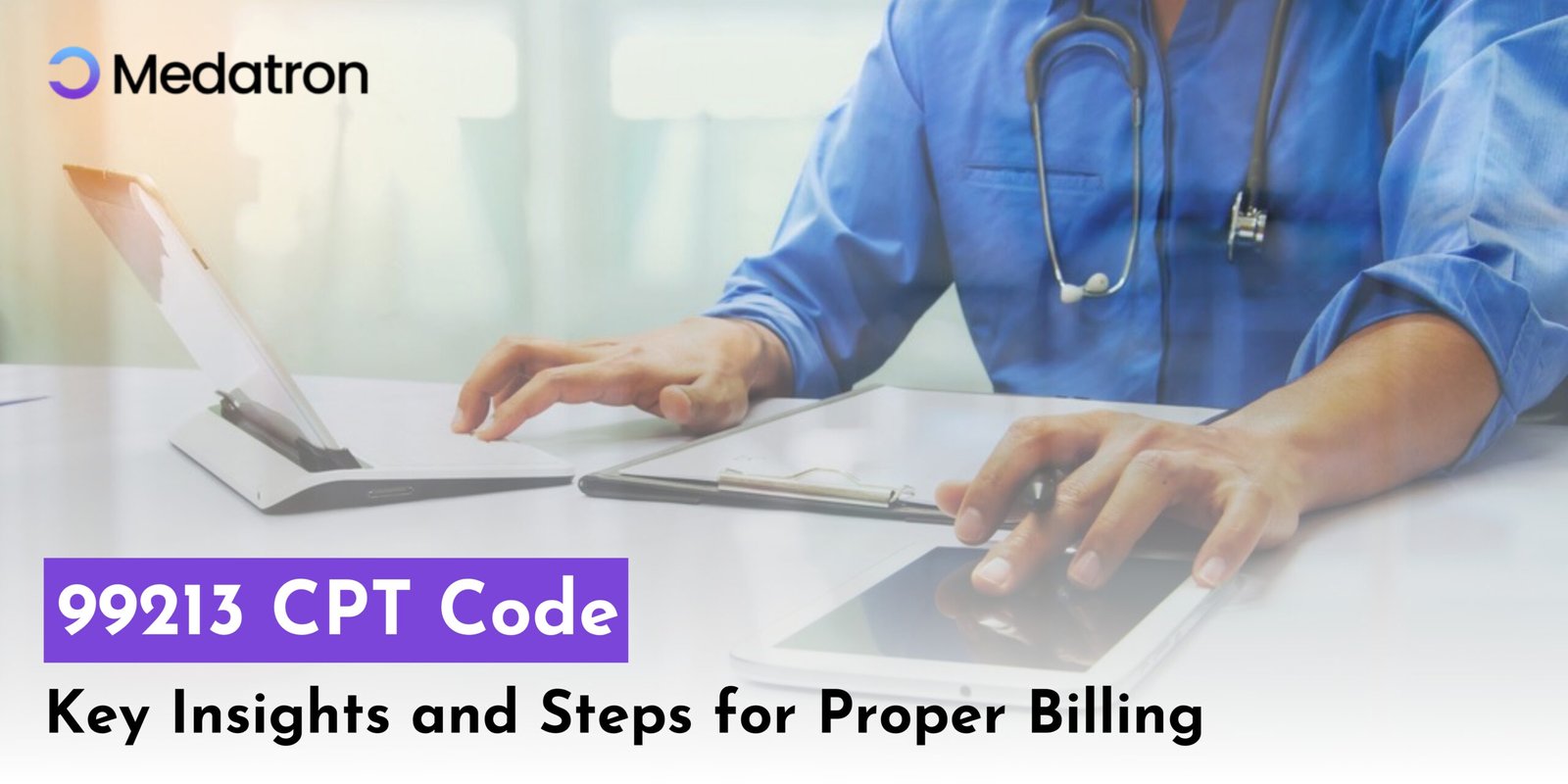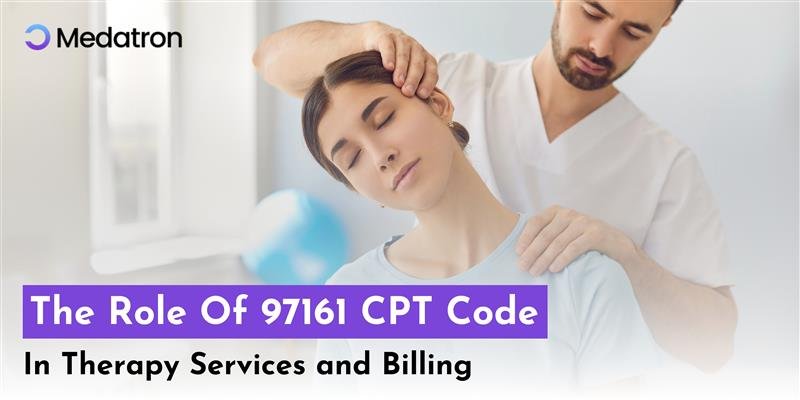In the healthcare billing and claims process, there are several documents that both patients and healthcare providers rely on to understand the financial aspects of medical treatment. Two of the most commonly encountered documents are ERA (Electronic Remittance Advice) and EOB (Explanation of Benefits). Though both provide important information about a medical claim, their purposes, audiences, and formats differ significantly.
In this blog, we’ll break down what ERA and EOB are, their key differences, and why they are important in the healthcare payment process.
Format and Delivery
ERA (Electronic Remittance Advice):
- An ERA is a digital version of remittance advice.
- It is sent electronically by health insurers to healthcare providers (such as doctors or hospitals) to inform them about the processing of a claim.
- It is usually in a standardized electronic format, like an 835 format in the HIPAA transaction set, and can be processed automatically by the provider’s billing system.
EOB (Explanation of Benefits):
- An EOB is a paper-based or digital statement that the insurance company sends to the patient or policyholder.
- It gives details of what was covered in a healthcare claim, the amount the insurer paid, and what the patient still owes.
- The EOB is more about giving the patient information regarding their claim status, which includes the amount of deductibles, co-pays, or coinsurance.
Audience
- ERA is mostly for the use of healthcare providers in balancing payments and understanding how claims have been processed.
- EOB is for the patient to know the financial aspects of their healthcare services, including what they owe, what insurance covers, and the balance.
Purpose
- ERA serves to help providers with efficient electronic processing and payment posting.
- EOB helps the patient know what the insurance paid for their care, what remains unpaid, and why some items may not have been covered.
Detail and Information
- ERA usually includes:
- Payment amount
- Claim adjustments
- Status of all the claims, such as approved, denied, and partially paid
- Reasoning codes for denial of service or reduction in benefits.
EOB typically comprises
- Summary of all services rendered
- How much the insurance company has paid
- The co-pay or deductible of the patient
- Detailed explanation about how the insurer allocated the benefit to the claim
Process
- ERA is one of the electronic claims processing systems, and it usually goes hand in hand with EHR or practice management software for the automatic posting of payments and claim reconciliation.
- EOB is part of the patient communication process. It is often used after the claim process has been completed, in which the information given refers to the financial aspects of care.
Timing and Sequence
ERA (Electronic Remittance Advice):
- Timing: ERAs are usually received shortly after the insurance claim has been processed. ERAs normally arrive within days of adjudication of the claim, which allows providers to immediately resolve payments and address discrepancies.
- Process: The ERA is a part of the provider’s workflow in the billing and payment cycle. Following the receipt of an ERA, the provider posts payments or adjustments to the patient’s account and can pursue further action if there are issues with claims (for example, denials or underpayments).
EOB (Explanation of Benefits):
- Timing: EOBs are usually sent after the insurance company has processed the claim and payment has been made. The timing may vary, but they are usually sent once the claim has been fully processed and the payment to the provider is confirmed. Depending on the insurer, this may take several weeks after the service is provided.
- Sequence: The EOB follows the insurer’s adjudication and payment of the claim. This is the final statement by the insurer on how the claim was processed, therefore enabling the patient to see which part of the bill the insurance has covered and what remains to be paid by the patient.
Automation vs. Manual Review
ERA (Electronic Remittance Advice):
- Automation: ERAs are part of the automated claims processing system and are designed to seamlessly fit into electronic health records (EHR) or practice management software. This means that providers can automatically post payments, identify any underpayments or denials, and update accounts without needing to manually intervene. It greatly reduces the administrative burden on the provider’s office staff.
EOB (Explanation of Benefits):
- Manual Review: While some aspects of the EOB may be automated, the review process for patients is not automated. Patients need to manually review their EOB to understand their financial responsibility. If they have any questions, they typically need to contact the insurer for further clarification. Some insurers may provide online portals where patients can view and track their EOBs, but manual intervention is still often necessary for disputes or inquiries.
Dispute Resolution
ERA (Electronic Remittance Advice):
- Disputes: If providers experience any kind of payment discrepancies, including denials or underpayments, they can initiate a dispute resolution process with the insurance company. The ERA will include reason codes that explain why some services were not fully reimbursed, and the provider can take action, like submitting additional documentation or requesting reconsideration of the claim. Providers usually use the ERA to help identify and correct issues before the patient is billed.
EOB (Explanation of Benefits):
- Disputes: If the patient feels that the insurance company has made a mistake, such as an incorrect payment or denial, then the patient can also file a dispute by contacting the insurer. The EOB contains reason codes or short explanations that can help the patient understand why a claim was processed in a specific way. If the patient disagrees, then they can appeal to the insurance company. The EOB is essentially the starting point for patients to begin the process of resolving any billing issues.
Relationship with Insurance Coverage
ERA (Electronic Remittance Advice):
- Insurance Coverage Information: The ERA has very specific payment information but not much about the insurance program. It is more focused on the status of a claim being processed and whether it has been paid or not. Providers usually understand the terms of a patient’s insurance coverage by contracts or policy agreements that have been entered into with insurance companies.
EOB (Explanation of Benefits):
- Insurance Coverage Details: Detailed information about how the insurer applied benefits to the claim is provided in the EOB. This includes breaking down the patient’s responsibilities, such as co-payments, deductibles, and coinsurance. Often, the EOB outlines services not covered under a patient’s policy, providing an important document for that patient to understand their coverage details. This will help clarify whether there were any restrictions, limitations, or other exclusions on the policy.
Interaction Between ERA and EOB
ERA (Electronic Remittance Advice):
- Direct Financial Action: The ERA allows the healthcare provider to reconcile the actual payment made by the insurer, giving them the exact amount received along with any adjustments done. It is the principal method through which the provider ensures that they have gotten the right amount for their services.
EOB (Explanation of Benefits):
- Patient’s Financial Awareness: The EOB shows the patient an itemized statement of how much has been paid by the insurer and how much the patient owes. The document does not show a direct action from the insurer to make payments but explains how the insurer’s payment was applied to leave the patient with the final amount due.
Conclusion
In a nutshell, the ERA and EOB are two very important sides of healthcare claims and payments, but they both conduct different functions. While the ERA is designed to track, process, and help reconcile payments, the EOB helps patients understand their insurance benefits application and the amount yet to be paid.
This is an important distinction for both patients and healthcare providers. From an administrative standpoint, ERAs enhance the billing process of the healthcare system, while the EOBs give patients greater clarity on insurance coverage and personal financial liability. This contributes to more transparency and efficiency in healthcare systems, keeping patients and healthcare providers informed while managing their financial obligations more effectively.
If you or your staff find it challenging to interpret or process ERAs, Medatron has you covered. Our team of certified medical billers is highly skilled in decoding ERA and EOB. We can quickly extract the relevant data and ensure that payments are posted to the correct patient accounts within 48 hours, allowing you to focus on providing quality care while we handle the billing process.
Reference
https://medibillmd.com/blog/era-and-eob-difference-in-medical-billing/
https://www.rcmmastersacademy.com/blog/what-is-the-difference-between-an-eob-and-an-era-in-medical-billing
https://www.medicalbillersandcoders.com/blog/what-is-eob-or-era-in-healthcare/







